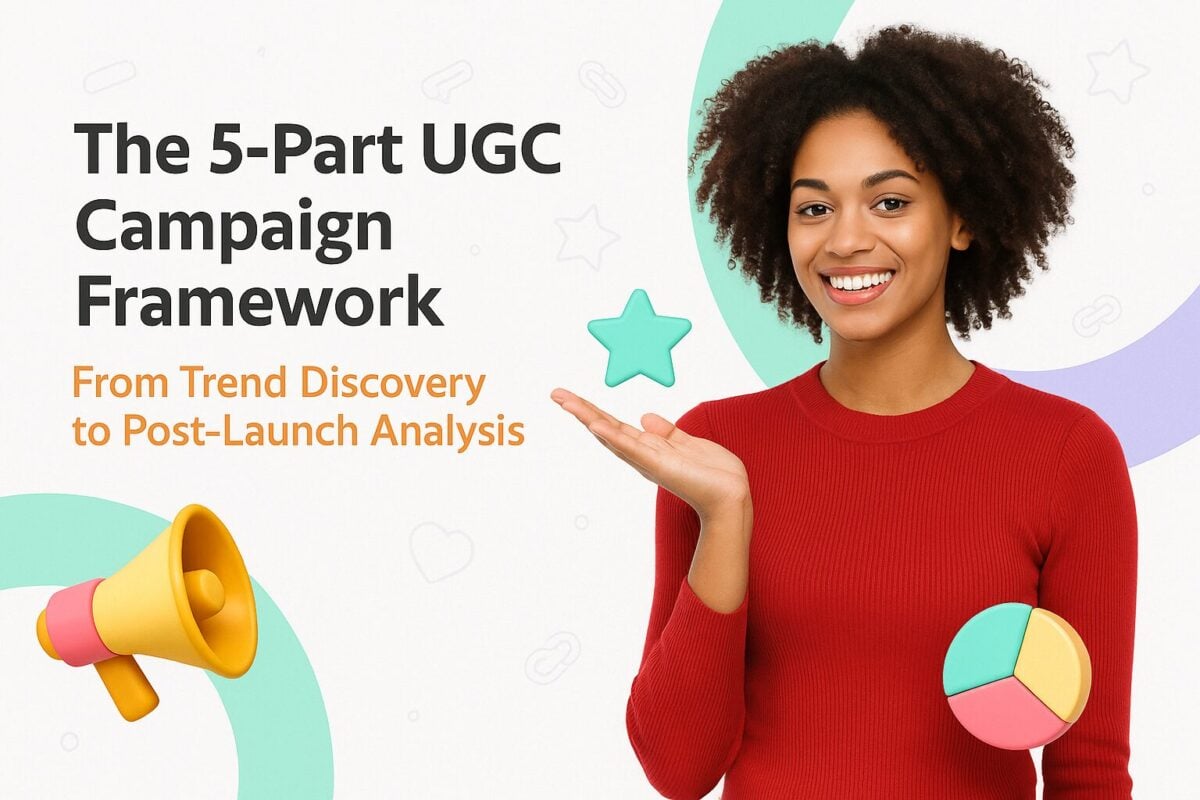With podcast engagement on the increase, podcasts have become one of the top tools that marketers can leverage. Nearly 60% of all US consumers who are older than 12 listen to podcasts, according to podcast statistics shared by Statista. What’s more, the number of podcast listeners has basically doubled in 10 years. These numbers have a positive impact on podcast ad revenues too. According to online data shared by eMarketer, it’s anticipated that podcast ad revenues will be more than $2 billion in 2023.
The tool below has been developed to allow you to calculate the estimated podcast ad revenue easily.
Podcast Revenue Calculator
Drag the slider to calculate potential podcast earnings
Earnings per episode
$0 - $0
Earnings per month
$0 - $0
Earnings per year
$0 - $0
Valuing Your Podcast: Determining Its Monetary Worth
How to Use the Podcast Ad Revenue Calculator
- Drag the Podcast Download Count slider up or down based on expected result.
- Set how many podcast ads you want to include per episode + choose if you want to include a pre-roll ad.
- Set how many monthly episodes you expect to be aired.
- Fill rate averages around 70%, but you can drag up or down based on your fill rate expectations.
Factors That Determine Your Podcast Earnings Potential
Host-read ads vs. dynamic ad insertion
What makes podcasts such a powerful tool to explore is that the listeners’ connection with the host can play just as important a role as their connection with the content of the show. Host-read ads generate better brand recall than podcast ads not read by the host. According to data shared by The Nielsen Company, host-read podcast ads drive a brand recall of 71%, while ads not read by the host generates only 62% brand recall. What’s more, host-read ads are also more effective at encouraging listeners to find out more about the product advertised.
Also, host-read ads are more authentic. As the ad will feel as if it’s part of the actual episode there’s better continuity. In short, it feels more natural.
On the other hand, dynamic insertion ads are separate from the recording of the original podcast episode. As a result, the placement of the ad can change or it can be removed at a later stage altogether. From the point of view of the podcast producer, dynamic insertion ads can be more lucrative as you’ll get more opportunities to leverage sponsorship making it easier to generate ongoing ad revenue.
Pre-roll ads vs. mid-roll ads vs. post-roll ads
Most podcasts offer three slots for ads. It can appear in the first 10% of the episode as a pre-roll ad, in the middle of the episode as a mid-roll ad, or more towards the episode’s end as a post-roll ad. Pre-roll and post-roll ads are typically about 30 seconds, while mid-roll ads are about 90 seconds.
Post-roll ads are usually a bit cheaper as not all listeners will listen to the complete episode. However, a possible perk that this type of ad offers is that it will most likely be heard by the most enthusiastic listeners.
Average rates

Podcast ads are sold according to a CPM (cost per mile, in other words cost per thousand impressions) model. For example, if you agree to an $18 CPM for a 30-second ad which is the industry average, the advertiser will pay $18 for every 1,000 ad listens. For a 60-second ad, the average CPM is $25.
Sponsorships
An alternative to using the CPM model is using sponsorships. Sponsorships are sold at a fixed rate for a campaign’s duration. In short, with a sponsorship deal the podcaster will market the brand for about a week (though, it can sometimes be for an entire season too). The size of the audience is one of the main factors that will determine the rate.
If you’re new to podcasting and attract fewer than 5,000 listens per episode, sponsorships can actually be something worthwhile to explore. In this case, you can look for a sponsor that would be interested in your niche.
Fill-rate
The fill-rate for your podcast can vary between 40% to 80% and will depend on factors such as your audience demographics, the season, etc. It’s calculated using the number of downloads per episode, the number of episodes aired per year, and the number of ad spots per episode.
The average number of ad spots seems to be four ads per episode. However, online data suggests that some podcasters have as many as six ads per 30-minute episode or eight ads per 45-minute episode.
Frequently Asked Questions
What are dynamic insertion ads?
Dynamic insertion ads (also known simply as dynamic ads) are separate from the original podcast episode’s recording. This means that the placement of the ad can change from pre-roll to mid-roll to post-roll. It can also be deleted altogether in the future.
What are the advantages of host-read podcast ads?
Host-read podcast ads can create a better brand recall than podcast ads that are not read by the host. Host-read ads are also more effective at encouraging listeners to find out more about the product or service that’s advertised. Lastly, host-read ads are more authentic. The ad will feel as if it’s part of the actual episode so there will be better continuity and it will feel more natural.
What are the average podcast ad rates?
The pricing of podcast ads can be worked out in different ways. Most of the time it will be worked out using cost per mile (CPM), but fixed rates can also be used for sponsorship. For a 30-second ad, the CPM (or cost per 1,000 listeners) is about $15-18. For a 60-second ad, it’s about $25-30. There are also a few factors that will impact an ad spot’s price like the ad length, size of the podcast audience, niche, and timing.
Does it matter how big the audience of a podcast is?
In the case of advertising, quality actually matters more than quantity. A bigger audience isn’t necessarily better if the listeners aren’t that engaged. Instead, it’s more important to have engaged listeners than simply to reach a big audience. So, you want to keep in mind the engagement rate as well.
How can you monetize a podcast?
There are five primary ways that you can use to monetize a podcast. These strategies are: podcast sponsorships, affiliate marketing, selling merch, offering subscriptions, or simply asking for donations via a site like Patreon. The good news is that if you’re thinking about selling different types of paid ads, you don’t necessarily need to have a big audience if your listeners are engaged.


